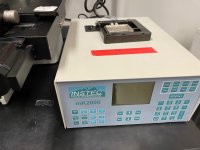Don't waste time repeating checkings on the same power rail.
What about C7834 voltage?
Also check C7880.
Post SMC_PM_G2_EN, PM_BATLOW_L, SMC_ADAPTER_EN, PCH_INTRUDER_L, RTC_RESET_L, PCH_SRTCRST_L voltages.
What about C7834 voltage?
Also check C7880.
Post SMC_PM_G2_EN, PM_BATLOW_L, SMC_ADAPTER_EN, PCH_INTRUDER_L, RTC_RESET_L, PCH_SRTCRST_L voltages.

